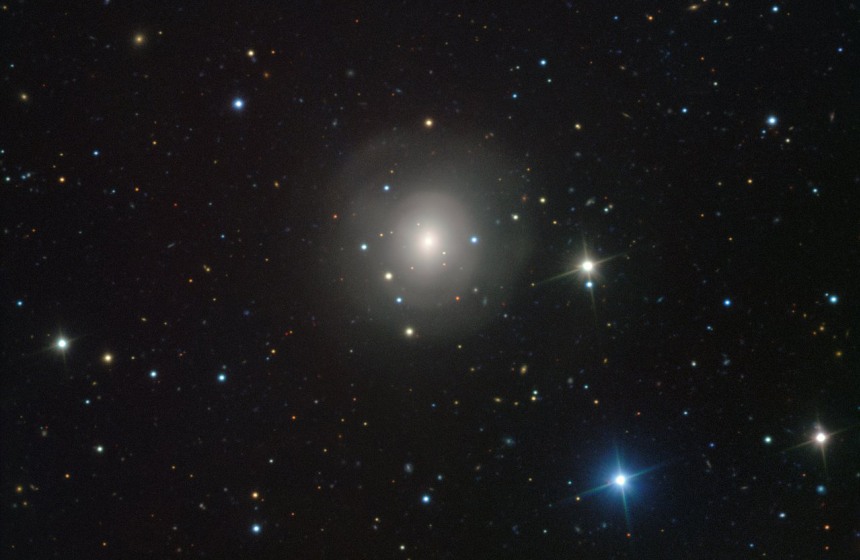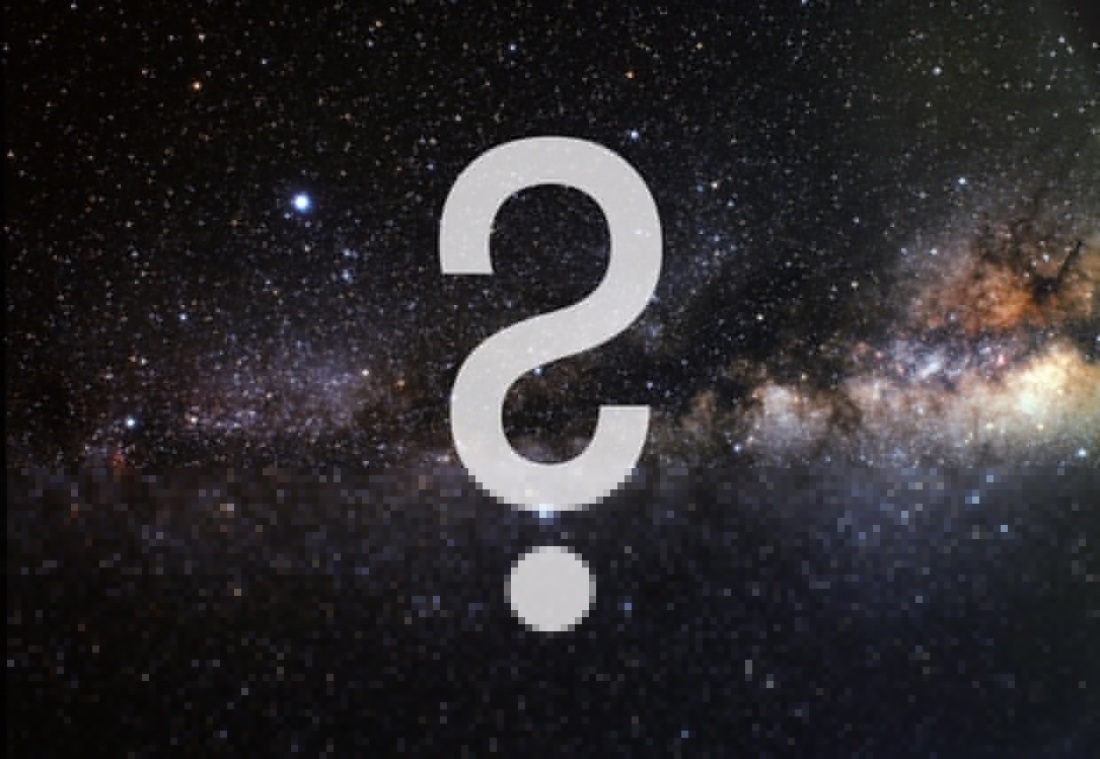October 27, 2017

Cassini and Saturn’s Rings
At last week’s American Astronomical Society Division for Planetary Science meeting in Provo, UT, new findings about data provided by the Cassini spacecraft were announced. SETI Institute scientist Matt Tiscareno, who has been working on Cassini since 2004 and led the discovery of the propellers in the rings around Saturn, was among the scientists announcing new insights from Cassini. Propellers are small moonlets that create wakes in Saturn’s rings and have been compared to baby planets that can form in disks around young stars.
Cassini’s Ring-Grazing orbits, weekly dives through the ring planes just off the outer edge of the main rings of Saturn that took place from December 2016 until March 2017, captured images that showed “swarms of smaller propellers” that were unexpected by the team. In his presentation, Matt noted:
“These are important because this is a window into planetary formation processes. What happens when big solar systems are forming is that you start to get the seed of a planet, but it’s embedded in a disk. So the disk is affecting the embedded mass, but the embedded mass is also affecting the disk, and we want to know more about what happens in both directions, and propellers give us a window into that.”
Matt also revealed that images taken the day before Cassini’s plunge into Saturn’s atmosphere captured images of six propellers whose orbit had been tracked over the last several years: Blériot, Earhart, Santos-Dumont, Sikorsky, Post and Quimby.
It will likely take years for scientists to analyze the data generated by Cassini.
NASA.gov: Fresh Findings from Cassini
YouTube: Astrobiology Magazine – Fresh Findings from Cassini
Spaceflight Now: Cassini Results Still Keeping Scientists Busy
Seeker: Cassini’s Final Days Produced a Burst of Fresh Science
International Business Times: NASA Releases New Cassini Findings About Saturn and its Rings
Clarksville Online: NASA Reveals New Findings from Cassini Spacecraft’s Observations of Saturn

Martian Sands
The SETI Institute’s Lori Fenton, an Aeolian geomorphologist, joined the WeMartians podcast to talk about the beautiful wind-formed dunes, ripples and mysterious TARs of Meridiani Planum.
The plains of Meridiani Planum, where the Opportunity Rover is currently exploring, is home to many surface features, but none are as stunning and the wind-formed dunes and ripples. How do these features form, and what significance do they have on the overall climate and history of Mars?
WeMartians: The Four Winds of Mars

Neutron Stars and Gravitational Waves
SETI Institute Senior Astronomer and host of the radio program and podcast Big Picture Science Seth Shostak wrote an article for NBC News Mach about the neutron star/gravitational wave discovery by LIGO.
LIGO is the Laser Interferometer Gravitational Wave Observatory operated by Caltech and MIT. Gravitational waves are ripples in space, similar to ripples caused when a stone is tossed in water, only gravitational waves are corrugations in space/time.
LIGO and its sister Virgo in Italy have detected two neutron stars colliding at a distance of approximately 130 million light-years.
NBC News Mach: LIGO Scientists Spy Neutron Star Smash-Up that Blew Bling into Space

Deep Mine Research and Education at Boulby Mine
SETI Institute scientist Rosalba Bonaccorsi is part of the expedition the team when NASA Spaceward Bound and the U.K. Centre for Astrobiology conduct a planetary analog expedition in the Boulby Mine. Boulby is the site of the astrobiology analog research with the Mine Analog Research Program (MINAR).
The team includes scientists, teachers, engineers, biologists, geologists and astronauts who will work on a variety of science and technology projects to address specific scientific questions and test a variety of potential technologies and planetary exploration protocols.
Spaceward Bound is an educational program and will use the lab and mine environment to carry out science and technology in support of the subsurface exploration.
See the full artcl for more SETI Institute news
See the full article here .
Please help promote STEM in your local schools.
SETI Institute – 189 Bernardo Ave., Suite 100
Mountain View, CA 94043
Phone 650.961.6633 – Fax 650-961-7099
Privacy Policy – Questions and Comments





